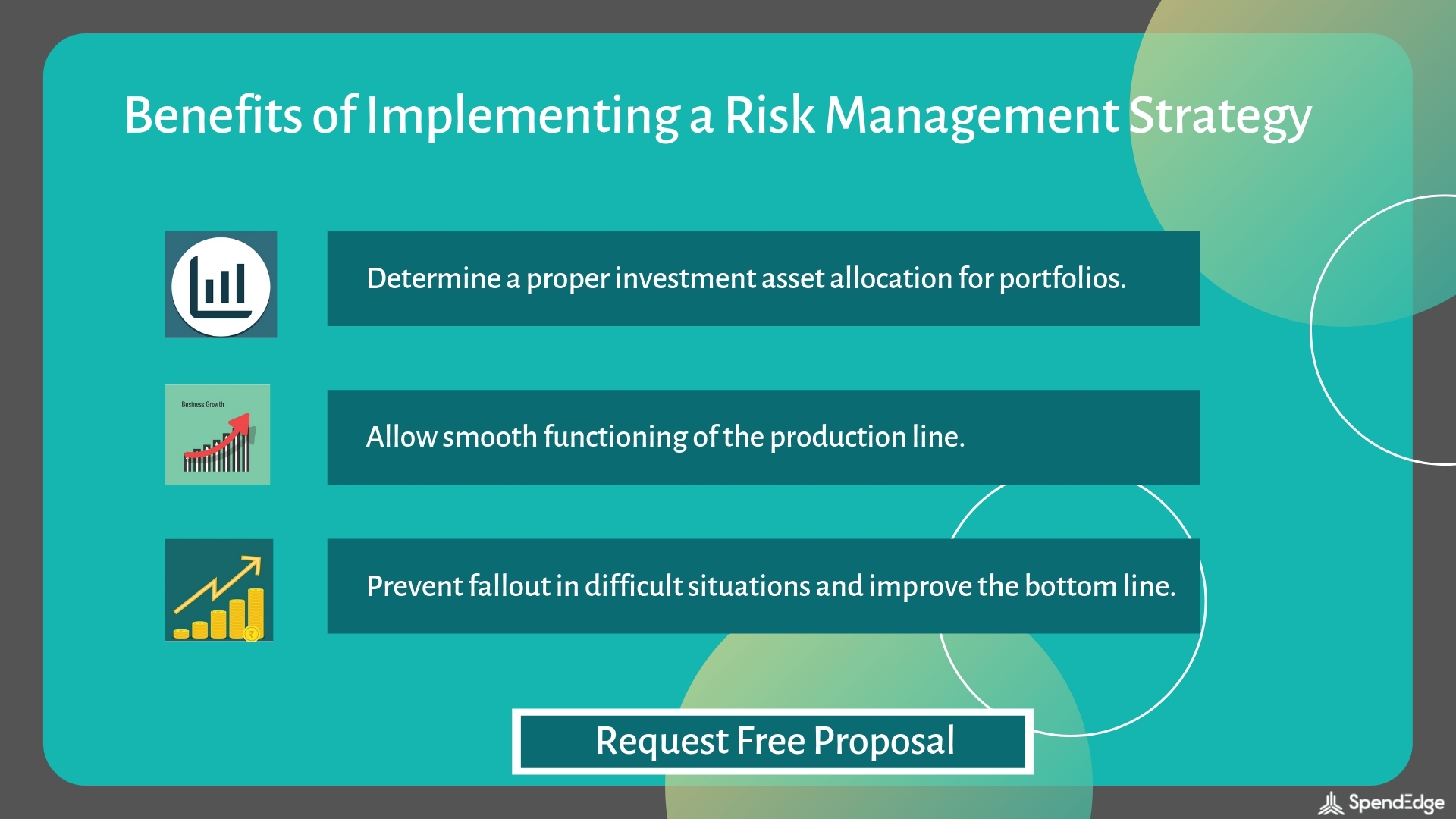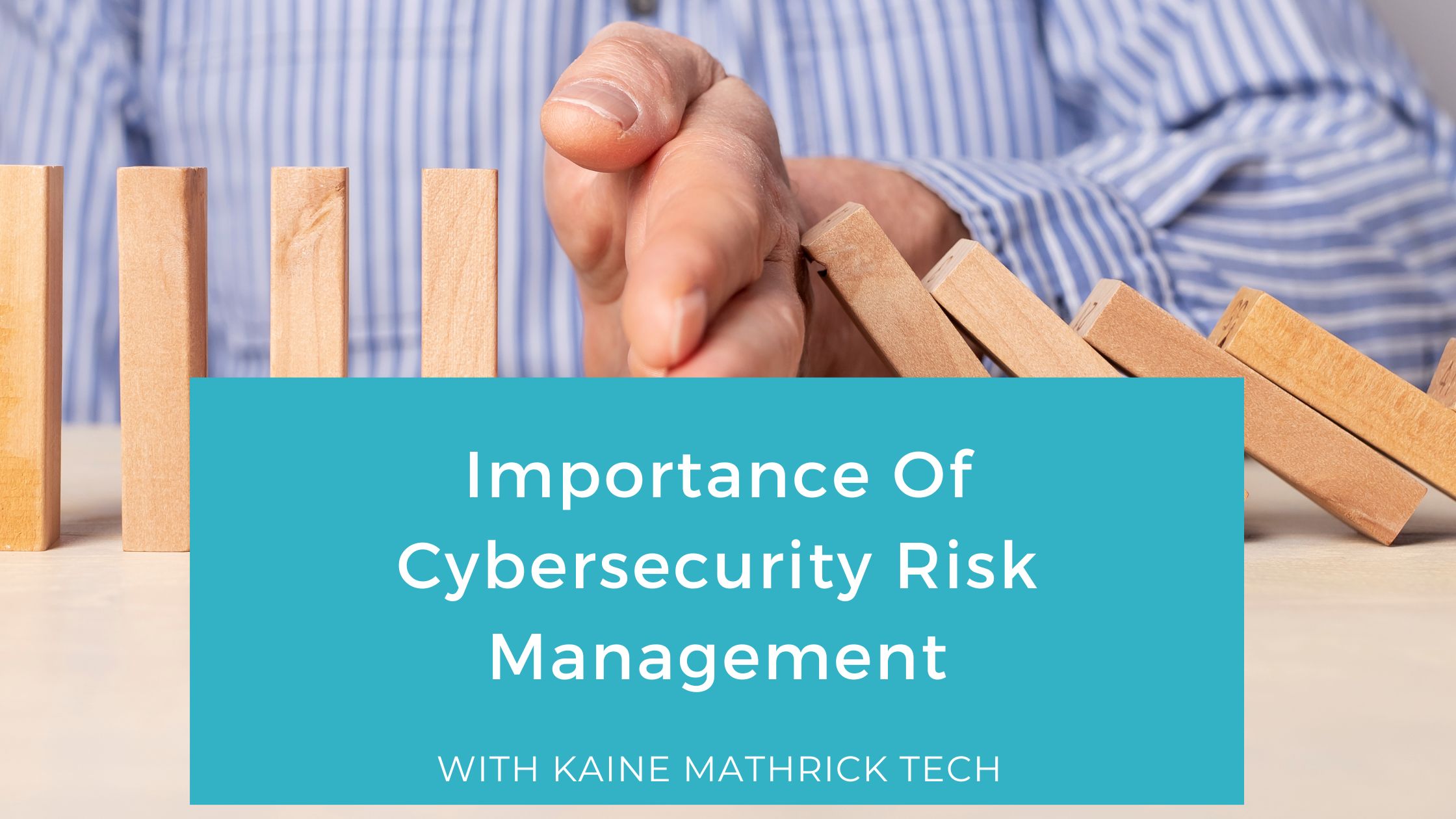Why Organizations Should Prioritize the Importance of Risk Management Now More Than Ever
Why Organizations Should Prioritize the Importance of Risk Management Now More Than Ever
Blog Article
Exploring the Relevance of Risk Management for Effective Decision-Making Strategies
In the complex globe of service, Risk Management emerges as an important element in the decision-making procedure. The capability to identify prospective threats and chances, and strategize accordingly, can mean the difference between success and failure.
Understanding the Concept of Risk Management
Risk Management, an essential part in decision-making, is usually misconstrued or oversimplified. Risk Management includes organized and self-displined methods, utilizing data and informative evaluations. From economic uncertainties, legal obligations, calculated Management errors, to accidents and all-natural disasters, it attends to various dangers - importance of risk management.
The Duty of Risk Management in Decision-Making Processes
In the realm of critical planning and service procedures, Risk Management plays an integral role in decision-making procedures. It aids in determining possible dangers and unpredictabilities that might affect the accomplishment of organization objectives. By tracing these dangers, companies can formulate methods to mitigate their impact, making certain company connection and stability. Risk Management hence ends up being an important device in decision-making, helping leaders to make enlightened options based upon a comprehensive understanding of the threats entailed. It motivates a proactive method, making it possible for organizations to prepare and prepare for for possible future circumstances. This considerably lowers the possibility of adverse consequences, advertising much more effective and reliable decision-making techniques. Consequently, Risk Management works as an important component in the decision-making processes of any kind of company.

How Risk Management Boosts Strategic Planning
In the context of strategic preparation, Risk Management plays a critical function. Launching with the recognition of potential threats, it further includes the implementation of Risk reduction measures. The role of Risk Management is not fixed but vibrant, as it requires continuous monitoring and adjusting of techniques.
Recognizing Potential Risks

Carrying Out Risk Mitigation
Having actually developed the value of recognizing potential dangers, the next step is to check out Risk mitigation. This procedure entails creating and carrying out approaches to handle determined threats efficiently. It is a critical aspect of visit here strategic planning as it enhances decision-making by lessening possible adverse end results. Risk mitigation techniques can range from Risk evasion, Risk transfer, to run the risk of reduction. Each technique ought to be tailored to the specific Risk, considering its prospective effect and the organization's Risk resistance. Moreover, efficient Risk reduction needs a deep understanding of the Risk landscape and the potential influence of each Risk. This understanding makes it possible for companies to prioritize threats and designate resources effectively, ensuring that one of the most considerable risks are addressed initially.
Tracking and Changing Techniques
Though Risk reduction is a critical action in calculated preparation, continual surveillance and change of these strategies is just as crucial. It additionally supplies a chance to examine the success of the Risk Management steps, permitting modifications to be made where required, more enhancing critical preparation. Surveillance and changing Risk Management approaches is a critical part for boosting Click Here an organization's durability and calculated planning.
Case Researches: Successful Risk Management and Decision-Making
In the world of organization and financing, effective Risk Management and decision-making commonly offer as the pillars of flourishing business. These cases highlight the worth of astute Risk Management in decision-making processes. These situations underscore the essential function of Risk Management in calculated decision-making.
Devices and Strategies for Effective Risk Management
These devices, such as Risk registers and heat maps, aid in recognizing and assessing potential risks. Risk response techniques, a crucial part of Risk Management, involve approving, avoiding, transferring, or mitigating threats. With these tools and strategies, decision-makers can browse the complex landscape of Risk Management, consequently assisting in educated and reliable decision-making.
Future Trends in Risk Management and Decision-Making Methods
As we check out the vast landscape of Risk Management, it comes to be evident that the tools and strategies made use of today will certainly continue to advance. The concept of Risk society, where every member of a company is conscious and included in Risk Management, will obtain a lot more importance. These fads declare an even more inclusive and aggressive method towards Risk Management and decision-making.
Conclusion

Risk Management thus becomes an essential tool in decision-making, assisting leaders to make informed selections based on an extensive understanding of the threats included. Risk reduction methods can range from Risk evasion, Risk transfer, to risk decrease (importance of risk management). Reliable Risk reduction needs a deep understanding of the Risk landscape and the potential impact of each Risk. Risk reaction strategies, a vital part of Risk Management, entail accepting, staying clear of, transferring, or mitigating dangers. The concept of Risk society, where every member of an organization is mindful and involved in Risk Management, will certainly acquire much more prominence
Report this page